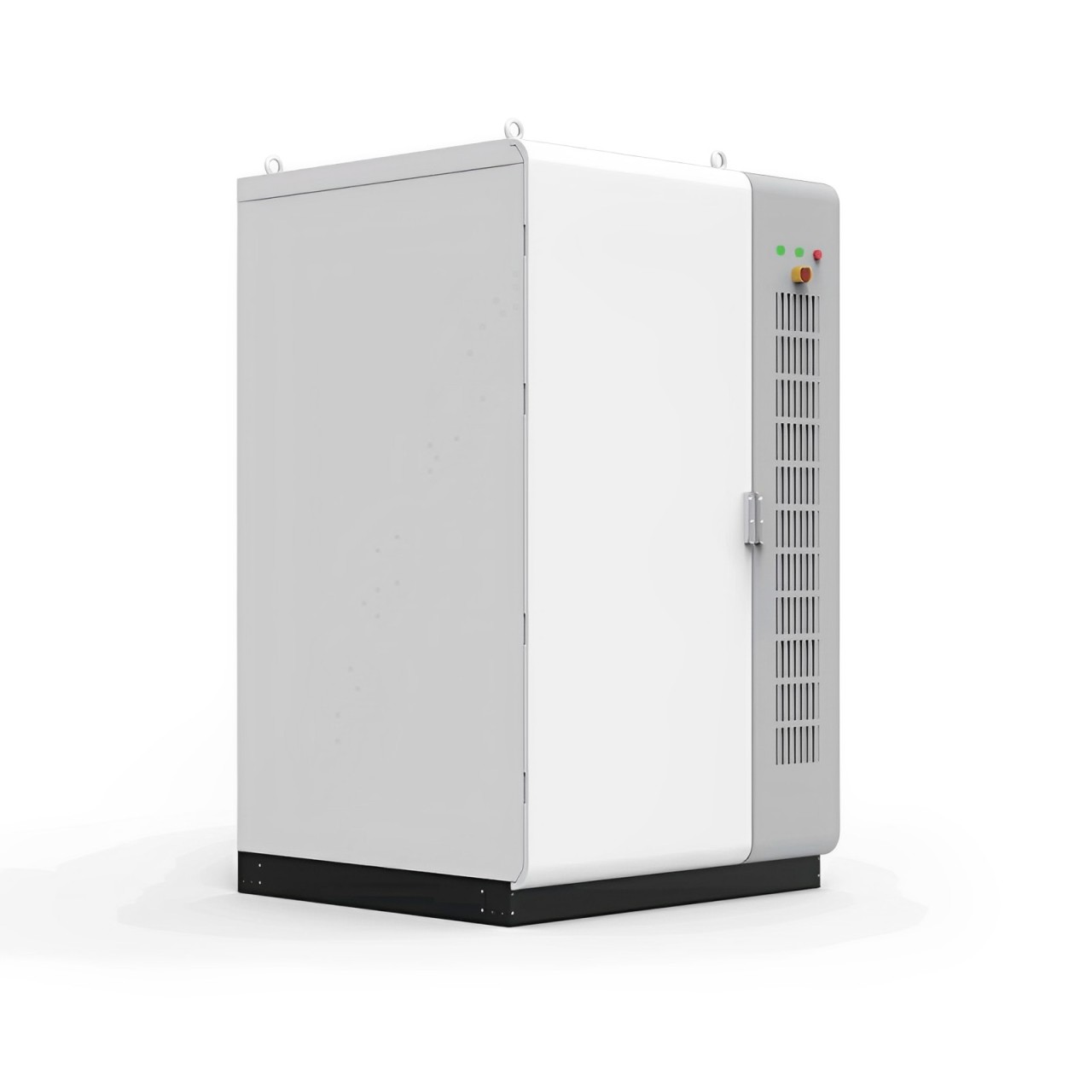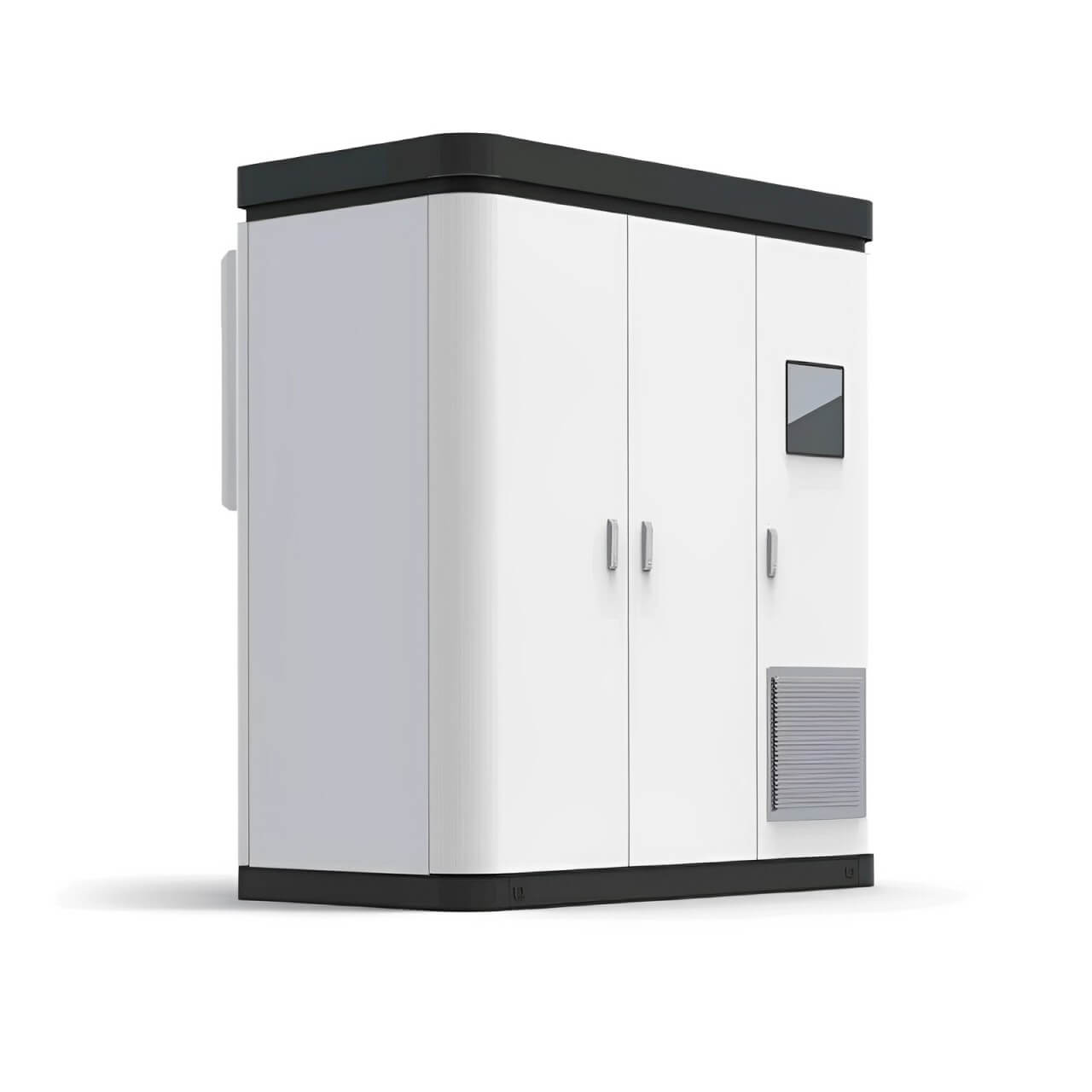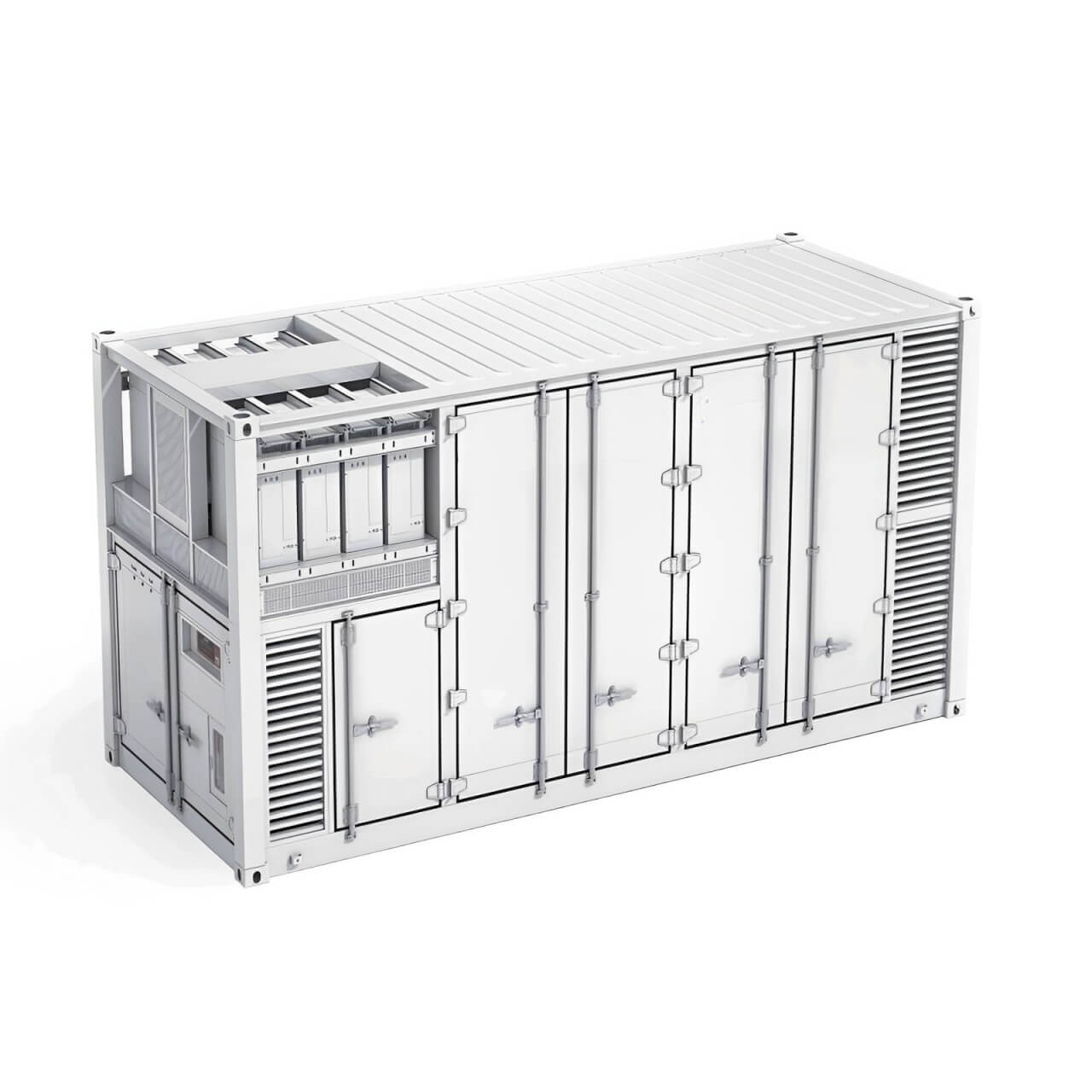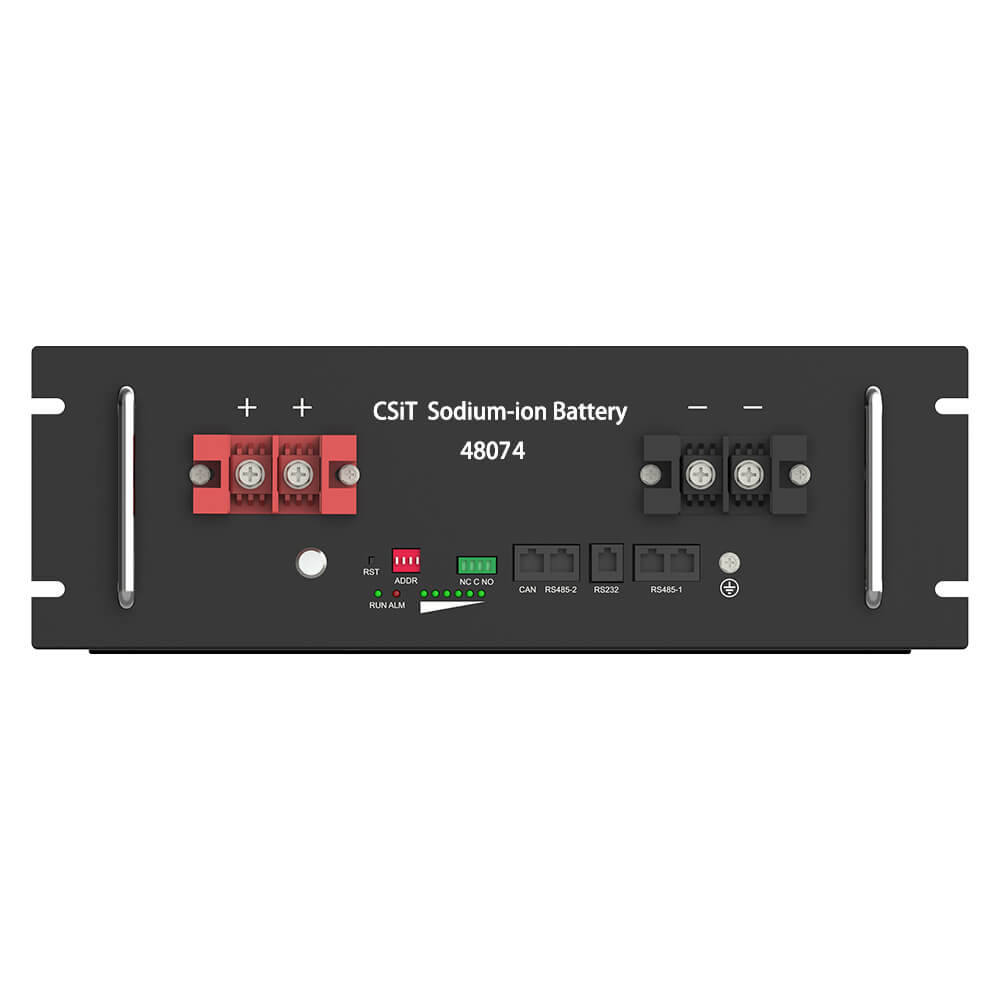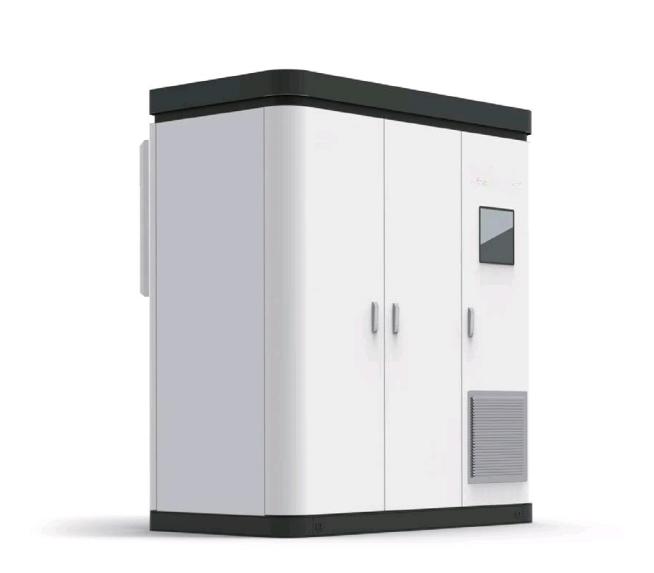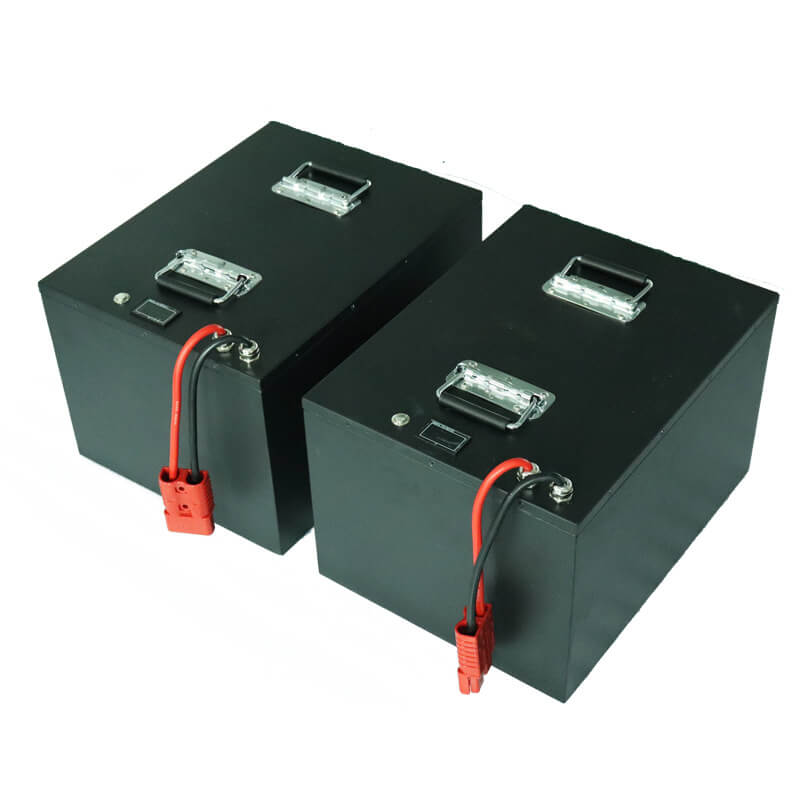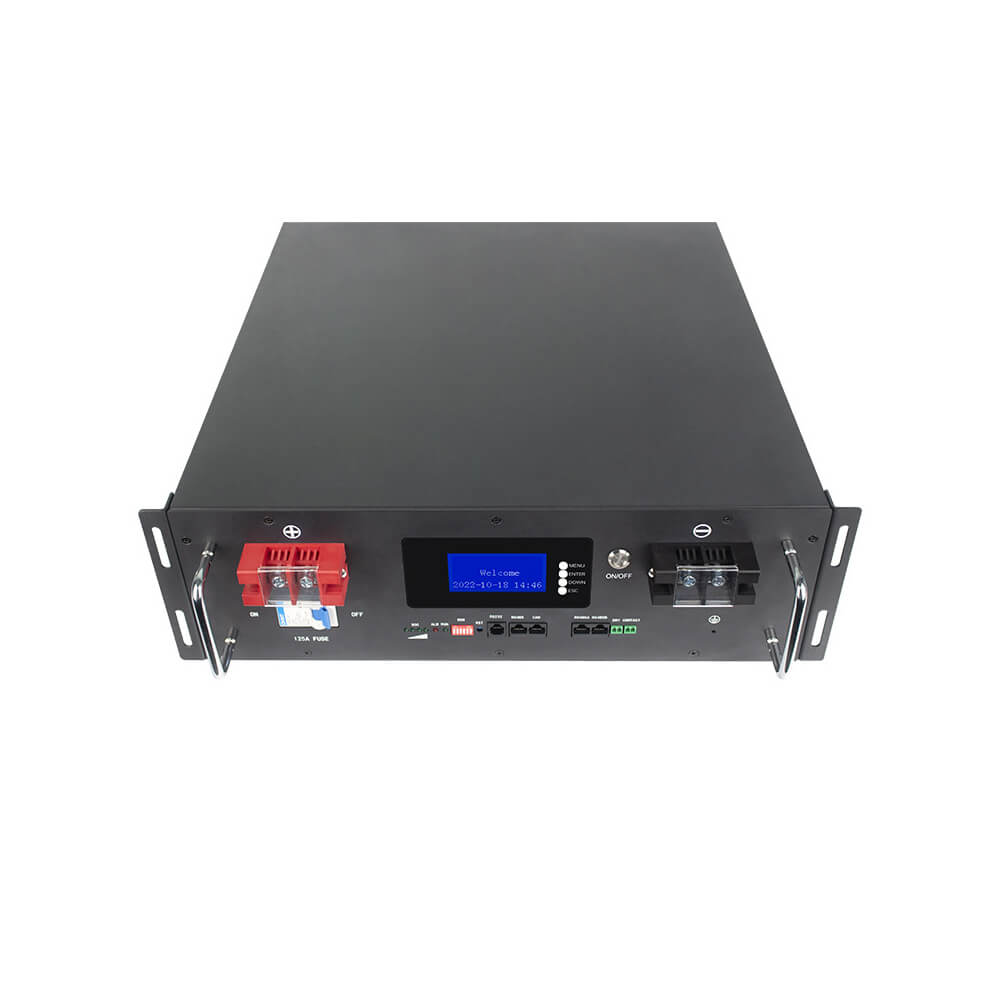What are the safety requirements for lithium battery charging and discharging operations and electricity?
Lithium battery safety requirements, for charging and discharging operations and electricity safety standards are critical, these standards are designed to ensure the safety and reliability of the operation process, to prevent accidents.CSIT lithium battery manufacturers on lithium battery charging and discharging operations and the main safety standards for electricity:
I. Charging and discharging operation safety standards:
Operating environment requirements: lithium battery charging and discharging operations need to be carried out in a ventilated and breathable environment with appropriate temperature and humidity. This helps to prevent overheating, excessive humidity and other unfavorable conditions on battery performance and safety. At the same time, the charging and discharging area should be far away from the core area and set up an independent fire partition to reduce potential safety risks. Selection and use of chargers: Charging operations shall use chargers that comply with relevant standards and norms and are of reliable quality. The charger should be equipped with safety requirements such as short-circuit protection, braking disconnection function, over-current protection function, and anti-runaway function, etc. In addition, the battery pack should be equipped with a balanced charger. In addition, the battery group should adopt the charger with balancing function to ensure that the charging state of each single battery in the battery group is balanced. Battery inspection: Before carrying out charging and discharging operations, the battery must be checked to see if it is qualified. This includes confirming whether the battery has damage, deformation, liquid leakage, smoke, leakage and other abnormalities. If there are any problems, charging and discharging operations should not be carried out and the battery should be disposed of safely in time. Avoid over-charging and over-discharging: Lithium-ion battery charging and discharging operations should avoid over-charging and over-discharging. Over-charging may lead to increased pressure inside the battery, electrolyte leakage and other problems, while over-discharge may lead to battery performance degradation and shortened life. Therefore, the voltage and current during charging and discharging should be strictly controlled to ensure that the battery works within the safe range. Temperature control: Prevent charging and discharging the lithium battery in high or low temperature environment. High temperature may lead to thermal runaway of the battery, while low temperature may affect the charging and discharging performance of the battery. In addition, the lithium battery charging and discharging current should not exceed the maximum current identified in the specification. Use of power supply circuits in line with national standards: Lithium battery charging and discharging operations should use power supply circuits in line with relevant national electrical standards to ensure the stability and safety of the power supply.
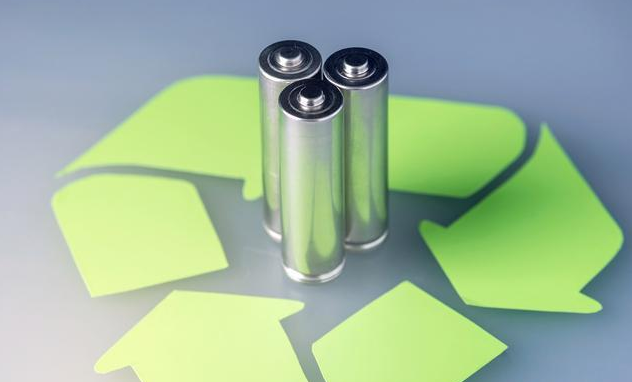
Second, electricity safety standards:
Equipment insulation and grounding: Lithium battery power equipment should have good insulation properties to prevent leakage and electric shock accidents. At the same time, the equipment should be properly grounded to ensure that in the event of an electrical fault can be current into the earth to protect personnel safety. Electrical connection and protection: The electrical connection of the lithium battery should be firm and reliable to prevent loosening or falling off. For the exposed electrical parts, protective measures should be taken, such as wrapping with insulating materials or installing protective cover to prevent personnel from accidental contact. Regular inspection and maintenance: Regular inspection and maintenance of lithium battery electrical equipment to ensure that it is in good working condition. This includes checking whether the electrical connection is loose, whether the insulation is broken, and whether the equipment is abnormally hot. Safety training and operation standardization: Provide safety training to the personnel who operate the lithium battery power equipment, so that they understand the safety performance of the equipment, operation methods and emergency measures. At the same time, the development and strict implementation of the operating specifications to ensure that personnel operate in accordance with the prescribed procedures and requirements.
In summary, lithium battery safety requirements for charging and discharging operations and electricity safety standards cover a number of aspects, from the operating environment, equipment selection, battery inspection to the insulation and grounding of electrical equipment are clearly defined. The implementation of these standards helps to ensure the safety and reliability of lithium batteries in the process of use and reduce the risk of accidents.

 简体中文
简体中文 Russian
Russian French
French German
German Japanese
Japanese Korean
Korean Arabic
Arabic Spanish
Spanish